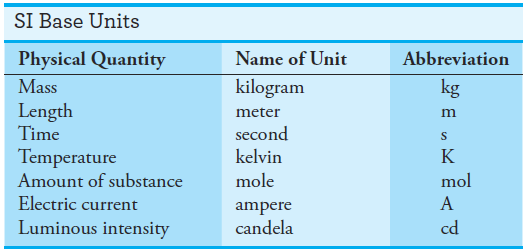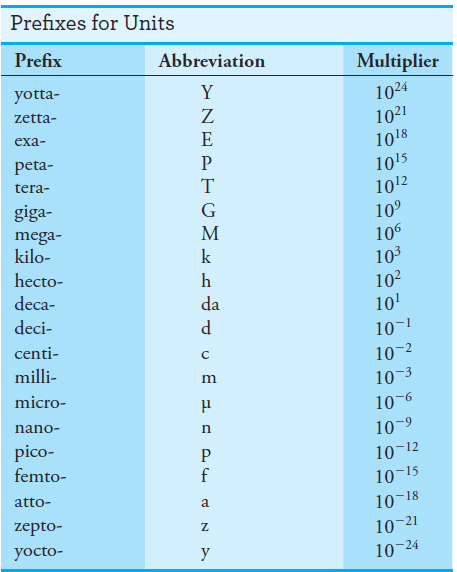

علم الكيمياء

تاريخ الكيمياء والعلماء المشاهير

التحاضير والتجارب الكيميائية

المخاطر والوقاية في الكيمياء

اخرى

مقالات متنوعة في علم الكيمياء

كيمياء عامة


الكيمياء التحليلية

مواضيع عامة في الكيمياء التحليلية

التحليل النوعي والكمي

التحليل الآلي (الطيفي)

طرق الفصل والتنقية


الكيمياء الحياتية

مواضيع عامة في الكيمياء الحياتية

الكاربوهيدرات

الاحماض الامينية والبروتينات

الانزيمات

الدهون

الاحماض النووية

الفيتامينات والمرافقات الانزيمية

الهرمونات


الكيمياء العضوية

مواضيع عامة في الكيمياء العضوية

الهايدروكاربونات

المركبات الوسطية وميكانيكيات التفاعلات العضوية

التشخيص العضوي

تجارب وتفاعلات في الكيمياء العضوية


الكيمياء الفيزيائية

مواضيع عامة في الكيمياء الفيزيائية

الكيمياء الحرارية

حركية التفاعلات الكيميائية

الكيمياء الكهربائية


الكيمياء اللاعضوية

مواضيع عامة في الكيمياء اللاعضوية

الجدول الدوري وخواص العناصر

نظريات التآصر الكيميائي

كيمياء العناصر الانتقالية ومركباتها المعقدة


مواضيع اخرى في الكيمياء

كيمياء النانو

الكيمياء السريرية

الكيمياء الطبية والدوائية

كيمياء الاغذية والنواتج الطبيعية

الكيمياء الجنائية


الكيمياء الصناعية

البترو كيمياويات

الكيمياء الخضراء

كيمياء البيئة

كيمياء البوليمرات

مواضيع عامة في الكيمياء الصناعية

الكيمياء الاشعاعية والنووية
SI Units
المؤلف:
D. A. Skoog, F. J.Holler, D M. West, and S. R. Crouch
المصدر:
Fundamentals of Analytical Chemistry
الجزء والصفحة:
9th. p 62
18-4-2017
2535
SI Units
Scientists throughout the world have adopted a standardized system of units known as the International System of Units (SI). This system is based on the seven fundamental base units shown in Table 1.1. Numerous other useful units, such as volts, hertz, coulombs, and joules, are derived from these base units.
To express small or large measured quantities in terms of a few simple digits, prefixes are used with these base units and other derived units. As shown in Table 1.2, these prefixes multiply the unit by various powers of 10. For example, the wavelength of yellow radiation used for determining sodium by flame photometry is about 5.9 x 10-7 m, which can be expressed more compactly as 590 nm (nanometers); the volume of a liquid injected onto a chromatographic column is often roughly 50 x 10-6 L, or 50 μL (microliters); or the amount of memory on some computer hard disks is about 20 x 109 bytes, or 20 Gbytes (gigabytes).
Ta ble 1.1

In analytical chemistry, we often determine the amount of chemical species from mass measurements. For such measurements, metric units of kilograms (kg), grams (g), milligrams (mg), or micrograms (μg) are used. Volumes of liquids are measured in units of liters (L), milliliters (mL), microliters (μL), and sometimes nanoliters (nL). The liter, the SI unit of volume, is defined as exactly 10-3 m3. The milliliter is defined as 10-6 m3, or 1 cm3.
Ta ble 1.2
















 قسم الشؤون الفكرية يصدر مجموعة قصصية بعنوان (قلوب بلا مأوى)
قسم الشؤون الفكرية يصدر مجموعة قصصية بعنوان (قلوب بلا مأوى) قسم الشؤون الفكرية يصدر مجموعة قصصية بعنوان (قلوب بلا مأوى)
قسم الشؤون الفكرية يصدر مجموعة قصصية بعنوان (قلوب بلا مأوى) قسم الشؤون الفكرية يصدر كتاب (سر الرضا) ضمن سلسلة (نمط الحياة)
قسم الشؤون الفكرية يصدر كتاب (سر الرضا) ضمن سلسلة (نمط الحياة)

















